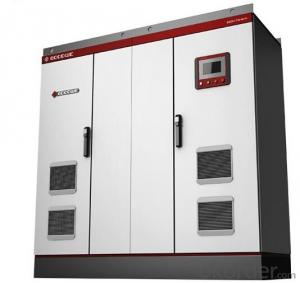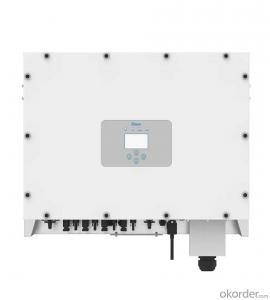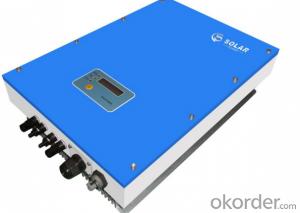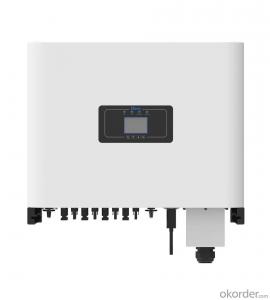Invt Solar Inverter
Invt Solar Inverter Related Searches
Invt Solar Pump Inverter Solar Pump Inverter Invt Infini Solar Inverter Lvrt Solar Inverter Solar Solar Inverter Vivint Solar Inverter Ampinvt Solar Inverter Inverter In Solar Power Plant Inverter In Solar Smart Inverter Solar Inverter With Solar Input Inverter Solar Solar Inverter Kit Igbt Solar Inverter Solar Plant Inverter Intelligent Solar Inverter Smart Solar Inverter Solar Battery Inverter Solar Converter Inverter Ingeteam Solar Inverter Inverex Solar Inverter Solar Light Inverter Dual Input Solar Inverter Inverter Charger Solar Inverter For Solar Power Plant Inspire Solar Inverter Solar Photovoltaic Inverter Inverter Battery Solar Solar Smart Inverter Sun Solar InverterInvt Solar Inverter Supplier & Manufacturer from China
Invt Solar Inverter is a range of high-quality solar power conversion devices designed to optimize the performance of solar energy systems. These inverters are engineered to convert the direct current (DC) generated by solar panels into alternating current (AC) that can be used by homes and businesses. The product line includes a variety of models, each tailored to meet the specific needs of different solar energy applications.The Invt Solar Inverter is widely used in various scenarios, including residential rooftops, commercial buildings, and large-scale solar farms. These inverters are known for their efficiency, reliability, and ability to withstand harsh environmental conditions. They play a crucial role in ensuring that solar energy systems operate at peak performance, thereby maximizing the return on investment for users. By integrating advanced technologies, the Invt Solar Inverter helps to reduce energy costs and contribute to a greener, more sustainable future.
Okorder.com is a leading wholesale supplier of Invt Solar Inverter products, boasting a large inventory that caters to the diverse needs of customers worldwide. With a commitment to quality and customer satisfaction, Okorder.com ensures that the Invt Solar Inverter is readily available for those seeking to enhance their solar energy systems. By partnering with Okorder.com, customers can benefit from competitive prices, prompt delivery, and excellent after-sales support, making it a reliable choice for sourcing high-quality solar inverters.
Hot Products

















































